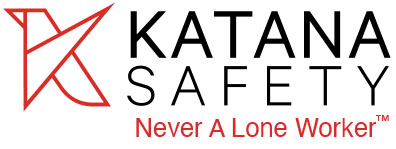
Home health care is a critical and growing sector of the healthcare industry, serving millions of people who are elderly, disabled, or otherwise in need of in-home medical support. As the demand for home health care services continues to rise, it’s essential that health workers have access to effective and reliable means of calling for help in case of an emergency. One such tool is the KATANA safety device, which provides a quick and discreet way for a lone worker to alert authorities or a designated caregiver if they need assistance.
The increasing use of KATANA safety silent alerts highlights the importance of discretion when it comes to calling for help in a home health care setting. This is because, in many cases, a health worker may be providing care to someone who is particularly vulnerable or sensitive to changes in their routine. For instance, a disoriented family member or an elderly patient who is confused or has dementia may become agitated or distressed if they are suddenly confronted with unfamiliar people or loud noises.
In these situations, it’s crucial that the home health worker be able to call for help in a discreet manner, so as not to cause any unnecessary distress or anxiety for the patient or other individuals in the home. A safety device that emits a loud alarm or attracts a lot of attention may not be the best choice for a home healthcare setting, as it could disrupt the patient’s peace and well-being.
Instead, the KATANA safety device is designed with discretion in mind and can help ensure that help is summoned quickly and quietly, without causing any undue disturbance. Best practices dictate that a lone worker safety device that can be triggered silently is a much more suitable option for a home health care setting.
